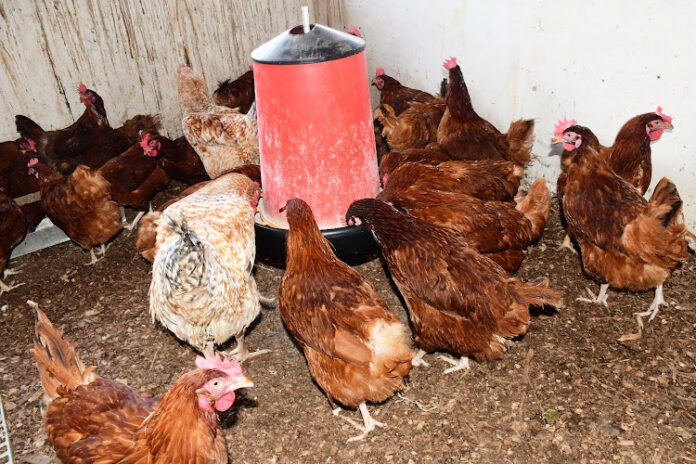The Kenya Agricultural and Livestock Research Organisation (KALRO) in March introduced a new high-production chicken breed known as KC3.
The breed, unveiled in Kakamega, is well adapted to tropical climatic conditions and is resistant to some poultry diseases.
According to KALRO, the new breed has a fast growth rate and takes only four months to reach table weight and point of lay, unlike the local birds, which take eight months.
The KC3 breed also consumes less feed and lays more eggs compared to the exotic ones. A KC3 hen can lay up to 230 eggs per year.
The new Improved KALRO chicken breed KC3 is brown in color and comes after two other improved variants – KC1, which is spotted, and KC2, which is black in color – that were launched in 2019.
The agricultural research organization produces an improved breed through genetic upgrading and cross-breeding with the local ones.
Makueni’s ‘Chicken Queen’ minting millions from rearing 8,000 chickens, 1,500 catfish
KARLO produces a breed that would keep the characteristics of indigenous chicken, with more productivity than the indigenous chicken, and can be kept all over Kenya, especially in the Arid and semi-arid areas.
KC3’s superior characteristics make it an ideal breed for farmers, as it is generally cheap to maintain. Before picking any chicken breed, farmers need to learn about its qualities and basic information about the bird.
Some of the important information a farmer needs to know before going for a particular breed include the age of maturity, body weight at maturity, peak production, age at peak production, and quality of eggs or meat.
A farmer should also determine whether the breed is layer, broiler, or dual purpose, whether it is low input or high input birds, as well as adaptability and disease resistance.
The final thing a farmer needs to consider is their farming objectives. Are you practicing poultry farming to be the largest supplier of eggs, a large supplier of poultry meat, or a distributor of chicks? The breed you go for should therefore align with the objectives.








